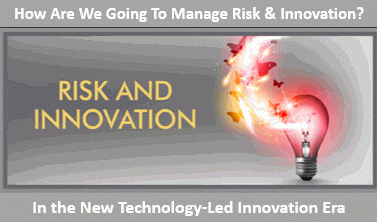 The problem of scaling can confuse those innovating, can this be changed?
The problem of scaling can confuse those innovating, can this be changed?
I have often been returning to scaling, struggling with finding the best answers. Many organizations struggle with scaling. This can be scaling their organization, their capabilities or more often, taking an idea into a fully scaled delivery.
Maybe I have been looking at it all wrong?
The complexities of scaling can’t be lightly dismissed. You need very often, size to scale. This could be in a new plant, in where production should be situated, so it can be allowed to scale at a later date, in resources able to achieve scale or more importantly you scale according to the type of goods or demand so they can be readily available, closer to the market they are needed.
When you work in a global organization, scale takes on even greater set of dimensions, one that needs coordinating and managing.
So I was thinking through some points on scaling a little differently. They are partly ‘open questions’ or some thinking out loud. You can say they are “half-baked”, perhaps in more than one way! Continue reading “The problem of scaling can confuse those innovating.”









